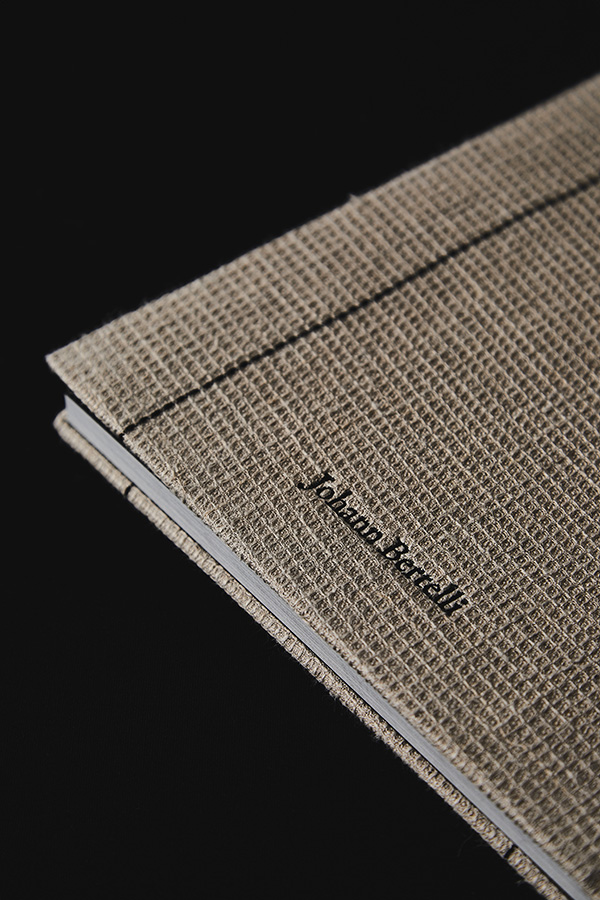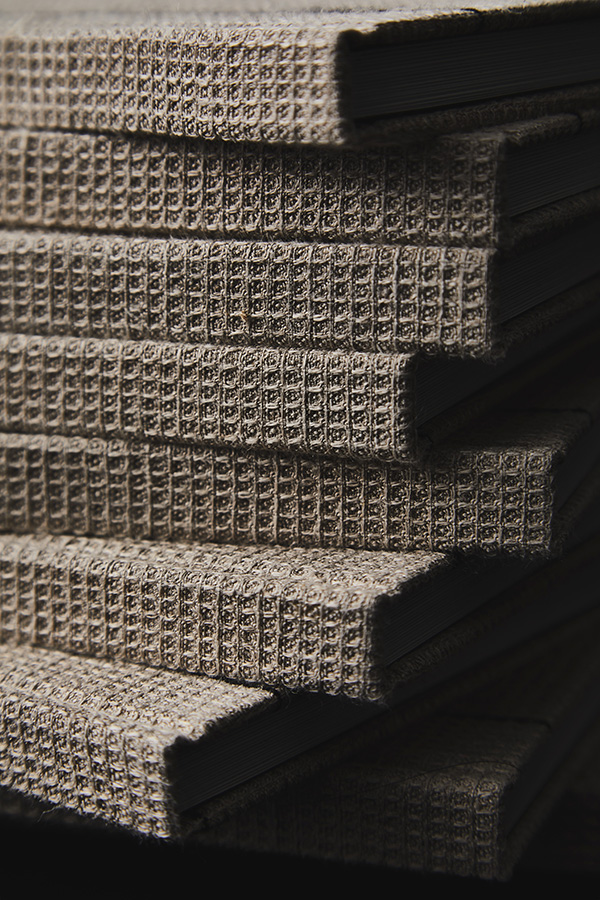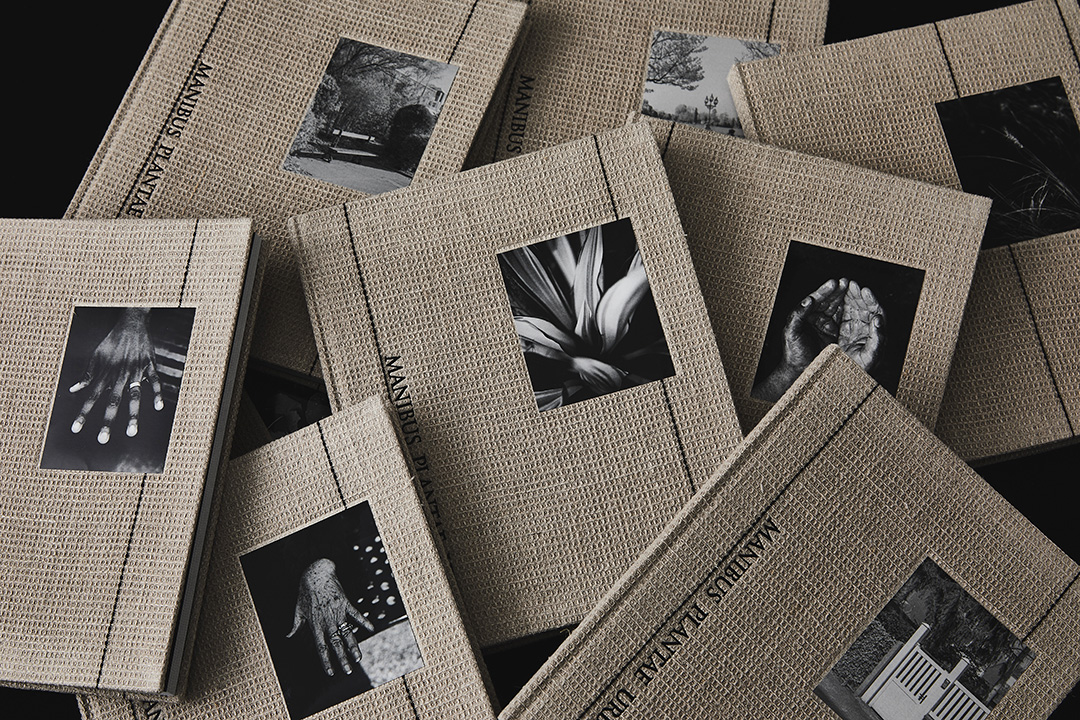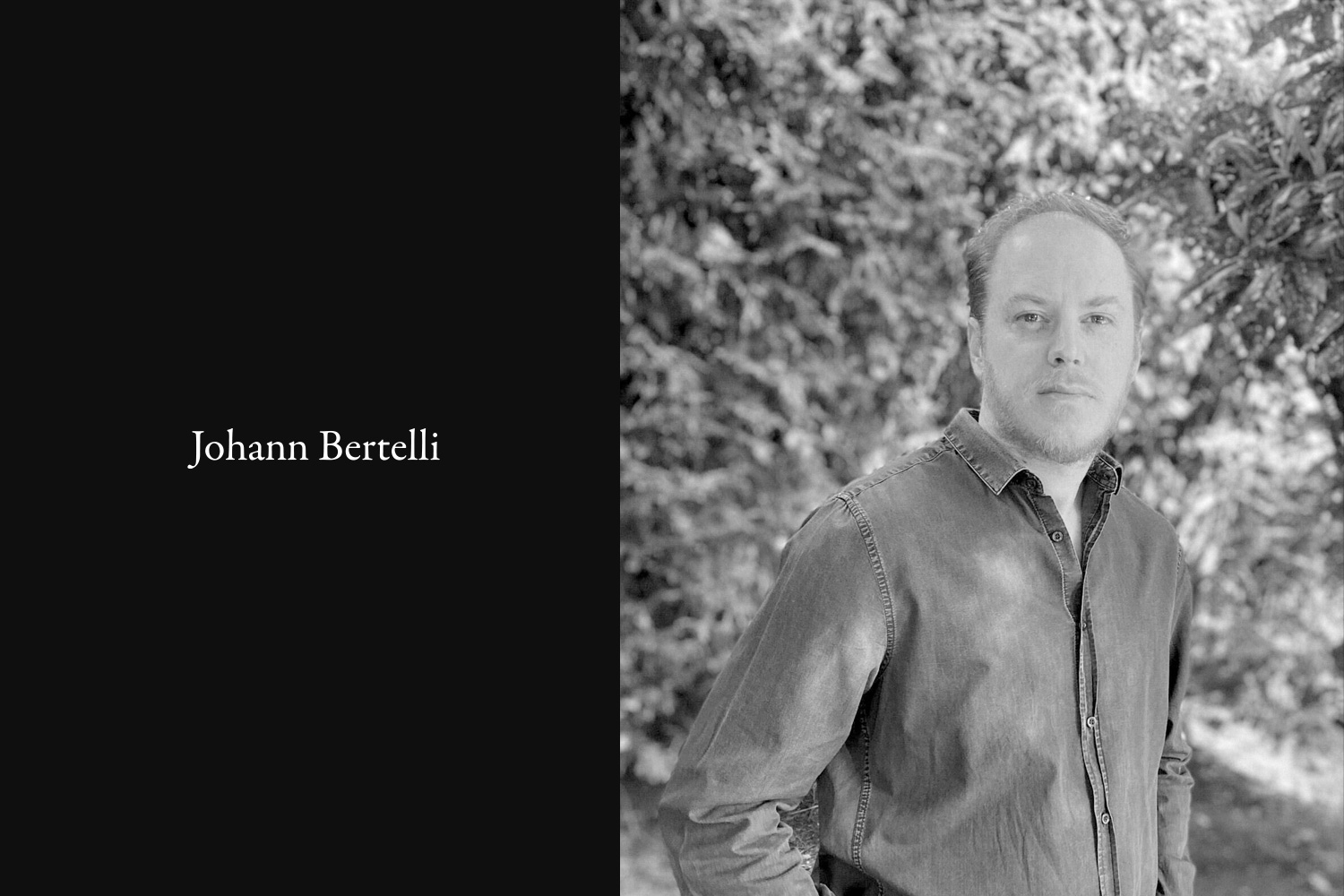
Johann Bertelli
Born in 1980 in the suburbs of Paris. He developed an interest in art at an early age. After studying medicine, he graduated from the French National School of Architecture in 2007 and became an architect. His professional career as a photographer began in the 2010s.
ヨハン・ベルテッリ
1980年にパリ郊外で生まれる。幼少期から、芸術に親しむ。医学を学び、その後、2007年にフランス国立建築学校を卒業し建築家に。以前より撮影をしていたが、2010年代から写真家としての活動を本格的にスタートさせる。
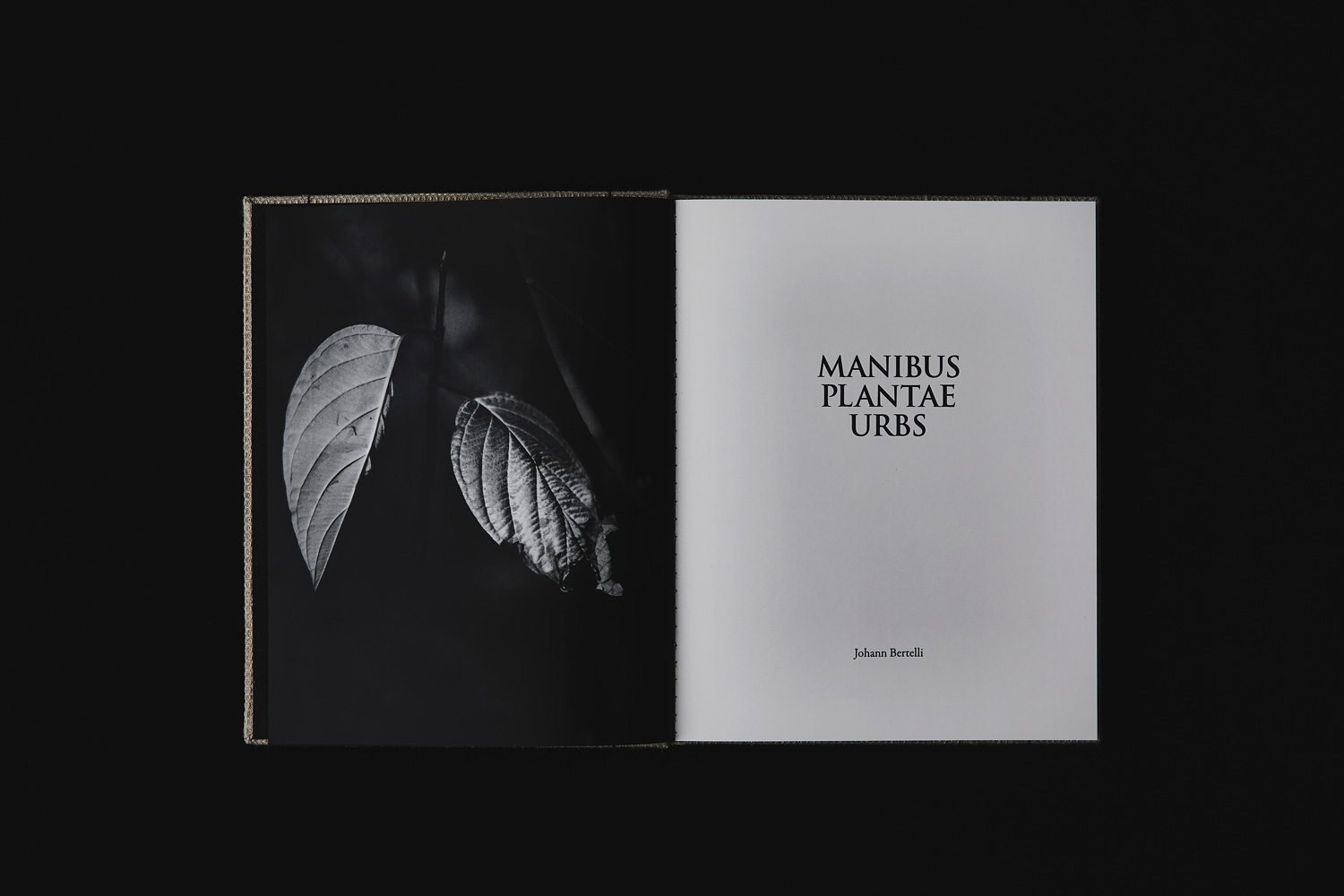

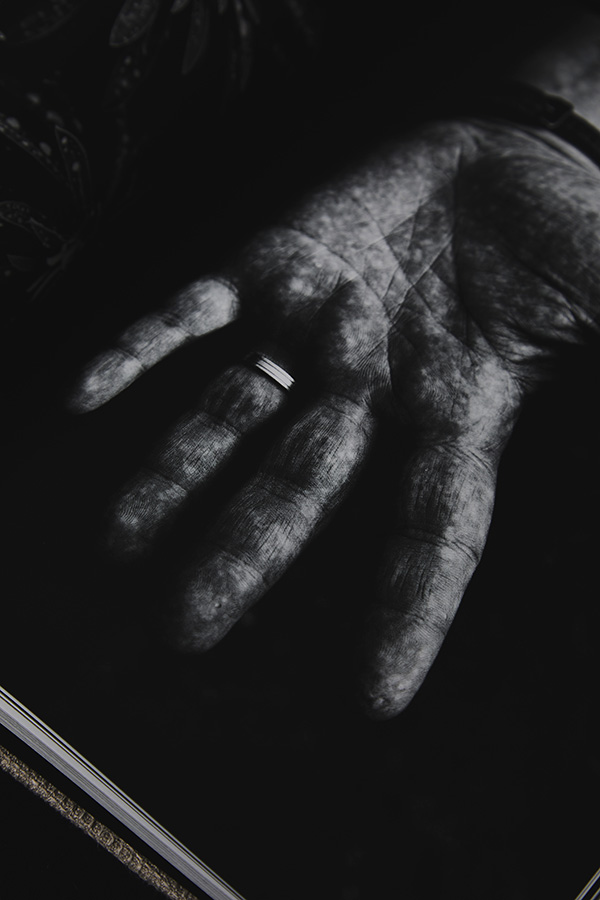
- How did you get started in photography?
Johann (J): I have always considered my architectural studies as a ground of exploration for the other arts I wanted to practice. I wrote and directed several short fiction movies, while starting to do photography. I was attracted by the language of image and space, by its capacity to tell a story, whether it is intimate or about the state of the world. Little by little, photography supplanted my cinema practice to become more important in the early 2010s.
- 写真を撮り始めたきっかけを教えてください。
ヨハン:建築家として学んだことが、写真や映画など他の創作を追求する基礎になったと思っています。短編フィクション映画の脚本と監督を手がけながら、並行して写真も撮っていたんです。そのとき、イメージや空間は言葉であり、親密なことであれ世界情勢であれ、その物語性を伝えられる包容力を持っていることに魅了されました。そして気がづいたら、写真が映画制作にとって代わる大切な表現となっていました。2010年代の初めの頃のことです。
- Where do the themes of your photographs come from?
J: The subjects of my photographic work are often the result of two sides. One of an almost documentary aspect into my current environment from a sociological and geographical outlook. In this framework, I feed myself with information from the contemporary and ancient world, with the subjects of society marking the current events, in particular the notions of the identity of a person and a territory, of the migration of the people, of the representation of cultures through the generations. The other aspect is that of an imagination that tends to the need to tell stories from this reality and try as much as possible to transcend it, notably through themes approaching mythology.
- 写真のテーマはどんなところから生まれてきますか?
ヨハン:作品の被写体は、しばしば二つの側面から生まれています。ひとつは社会学的、地理学的な関心を持って身近な環境をドキュメンタリー的に見つめること。この視点では、現代社会の主題、個人や地域が持つアイデンティティ、人々の移動や、世代を超えた文化表現を見つめることが、私自身のモチベーションとなっています。もう一つの側面は、神話に近いようなテーマを通じて、現実から語るべき物語を生み出し、可能な限り現実を超越しようとする想像力を発揮することです。
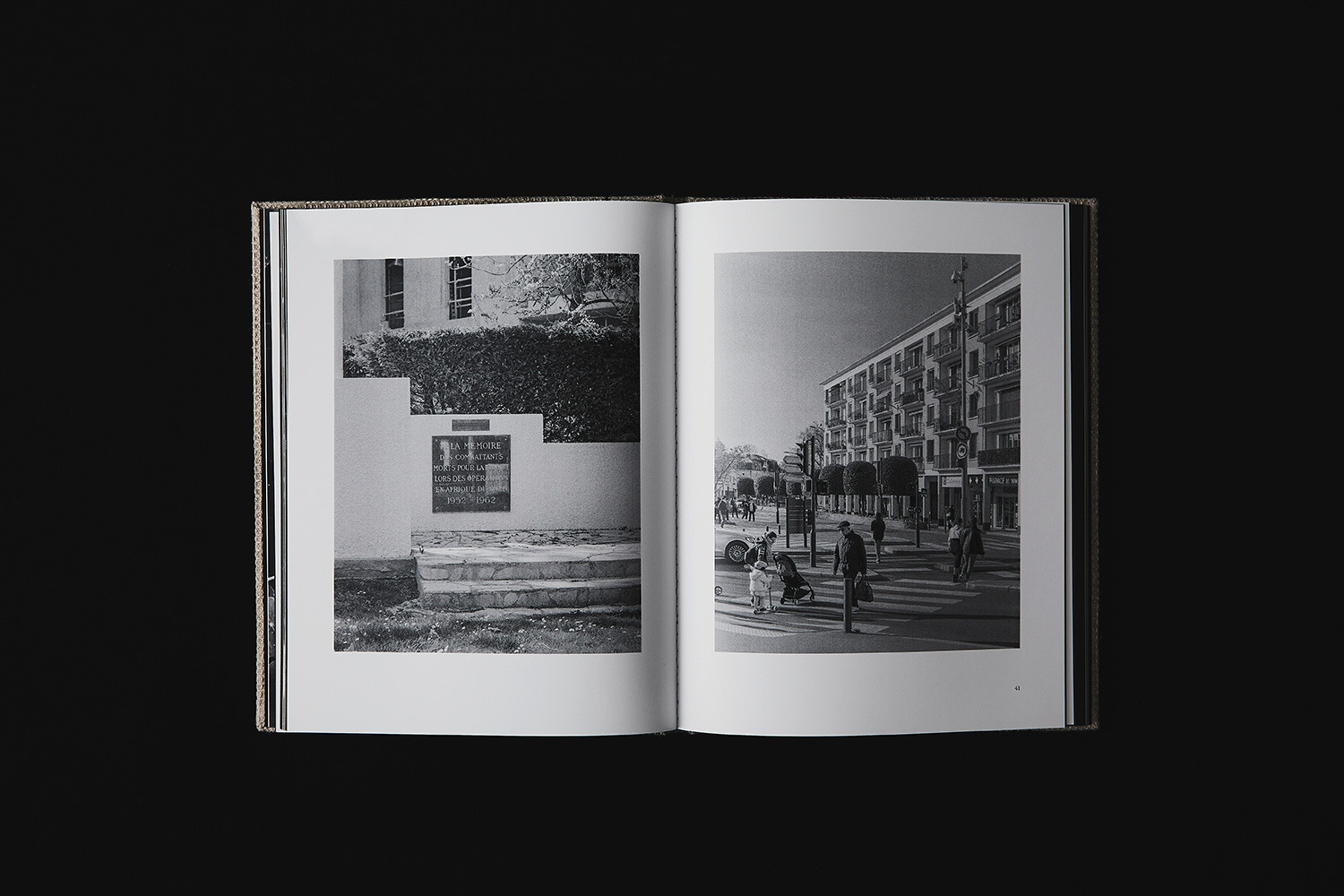
- What is the most important thing or value you hold when taking photographs?
J: I would say that the key moment is the sense of discovery. A photograph must be as capable of "speaking" to me personally as well as to the person who will view it. The modern world is flooded with millions of images daily. There is clearly a saturation. My work is a never-ending process of personal discovery that must penetrate into the viewer’s minds.
- 写真を撮るときに、最も大事にしていることは何ですか?
ヨハン:20年間写真を撮り続けてきた中で大切にしているのは「発見」の瞬間です。それは、子供の遊びに近い驚きと同時に、大人にふさわしい視覚と良心の目覚めにつながるものだと考えています。写真は、見る人と同じように、私自身にも語りかけることができなければなりません。現代社会は毎日何百万枚もの画像で溢れています。明らかに飽和状態です。では、私が撮影する写真を、この洪水の中の単なる一枚に終わらせないためには、どうしたらよいか。それは、私の発見(写真)が、見る人がすでに持っているあらゆる情報の内側にまでしっかりと浸透して初めて、彼らの記憶に何かを刻むことができるのではないでしょうか。
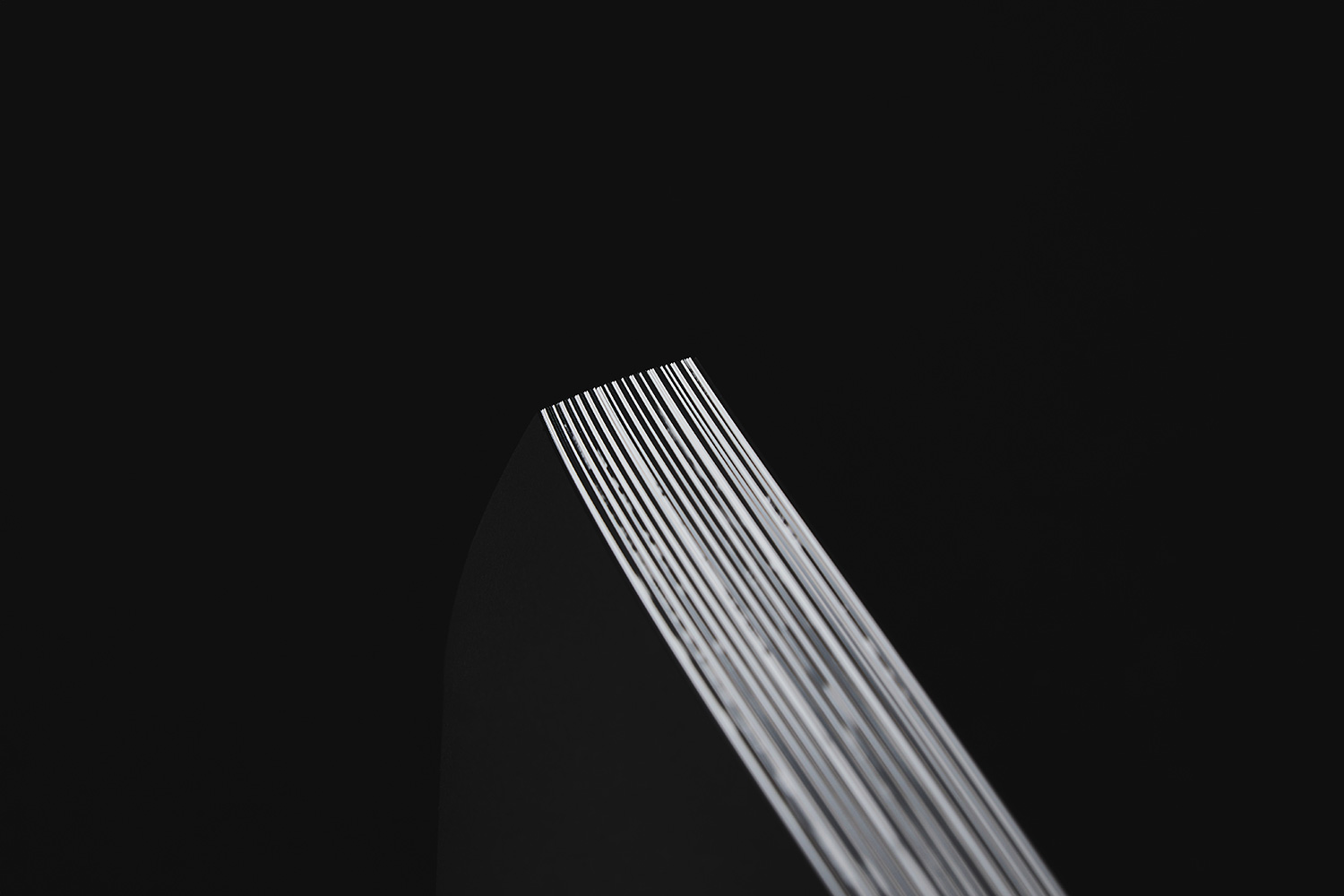
- Amongst various subjects such as landscapes, travel routes, and people, what is that special moment you decide to release the shutter and take a photo?
J: The act of photographing, of choosing the moment to press the shutter, is often an instinctive act. All the experience and research work done beforehand is transformed into an intuition, which suddenly appears, or “materializes” to the eye.
- 思わずシャッターを切ってしまう心が動く瞬間とは、どんな時ですか?
ヨハン:写真を撮るという行為は知的な側面もありますが、シャッターを押す瞬間は、本能的であり、動物的であることが多いと思います。今までの経験やリサーチが直感に変わり、突然目に飛び込んできたものが具現化されます。写真とは、それをカメラで捉え、プリントし、読者の思考の中へと溶け込んでいく。非常にオーガニックなプロセスです。
- MANIBUS PLANTAE URBS" is composed of photographs of hands, plants and the urban landscape. Why did you choose to express these series in black and white?
J: I chose black and white to unleash the potential of the imagination. A person will already have a preset association or memory of colors of their surroundings, for example, plants. Thus, when we see a black and white photograph, our unconscious can make us see a specific color. The dialogue between the plants and the hands is reinforced by the lines, forms, shadows and lights. The city is treated in a less contrasted black and white, focusing mainly on levels of gray, as a counterpoint to the strong existence of the plants and hands which exist in this urban landscape. It is an attempt to transcribe the feeling I had at the start of the pandemic which upset many of our reference points. “Manibus Plantae Urbs”, in black and white allows to evoke the reality of a feeling of this time, while conferring to it a timelessness proper to a relative abstraction and universality of the photographed subjects. Photographers such as Edward Weston, Wynn Bullock or Shomei Tomatsu have influenced me in the development of this work.
- 「MANIBUS PLANTAE URBS」で、モノクロでの表現を選んだのはなぜでしょうか?
ヨハン:想像力の可能性をさらに引き出すために白黒を選びました。人は誰でも生まれた時から植物を見慣れているため、色の記憶を連想することができます。白黒の写真を見ても無意識のうちに特定の色に見えることがあるのです。線、形、影、光を中心に表現することで、植物と手との間に生まれた対話が強化されます。都市(Urbs)は植物と手の写真よりも、コントラストを抑え主にグレーのレベルに焦点を当てることで、都市景観の中に存在する植物や手との強い対極になったと思います。
「Manibus Plantae Urbs」シリーズにおけるモノクロは、健康危機が訪れた2020年以降の時代における、感覚のリアリティを呼び起こすことができます。エドワード・ウェストン、 ウィン・バロック、東松照明などの写真家に影響を受けながら、本作を制作しました。
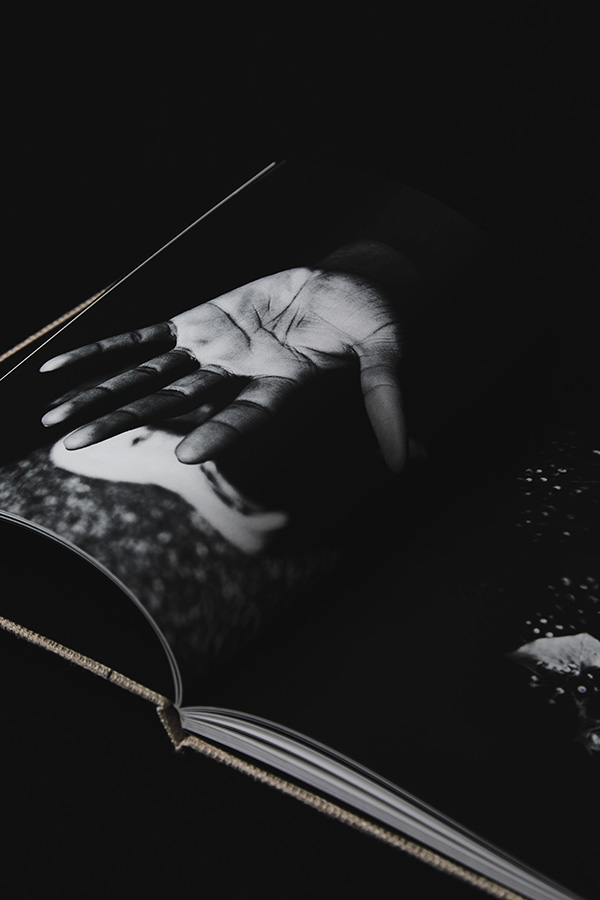
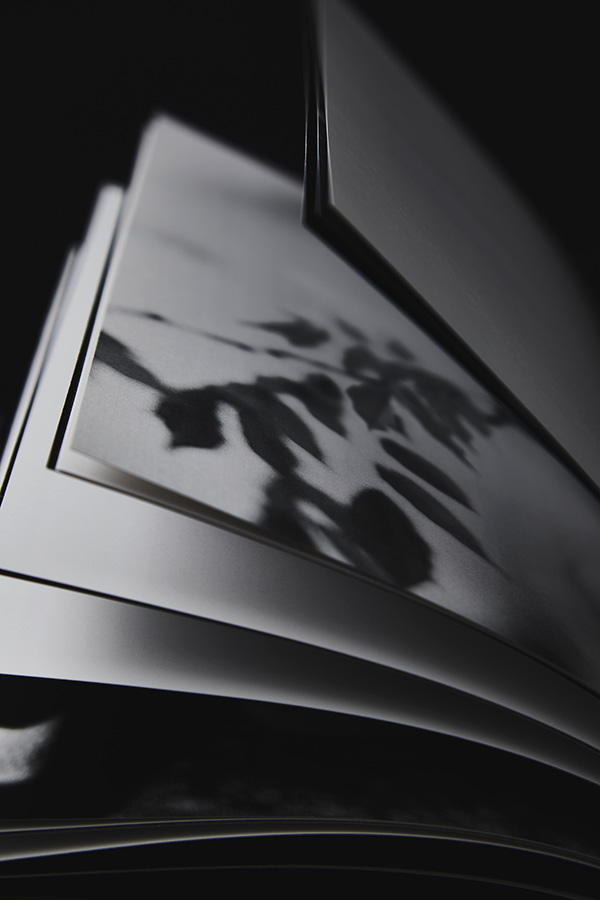
- Is there a special awareness in your part in linking your work with the character of the times? What do you keep in mind when communicating your thoughts through your photographs?
J: I start from the principle that any artistic creation, whether it be photography, cinema, painting, literature, etc. is a product of its time, an alert as well as abstract embodiment of the zeitgeist. Pure objectivity is impossible. It is therefore necessary to assume one's own subjectivity and what the times of the world makes us feel at a given moment in our lives. I tried to convey this with the series "Manibus Plantae Urbs" through the pandemic and the rediscovery of the connection between people, nature and the urban: hands, plants, city.
- 作品と時代性とのリンクをどのように意識していますか?
ヨハン:どんな芸術作品もその時代の産物であるというのが私の考え方の原則です。完全に客観的であることは不可能で、自分の主観を前提にし、人生の流れのある瞬間に対し、時代が何を感じさせてくれるか、考える必要があります。作品とは、作家のビジョンと受け手の間を行き来するもの。いくつものレイヤーで物事を見ることができるのは面白いことです。「Manibus Plantae Urbs」はパンデミックを通じて、人と自然、都市生活のつながりの再発見を伝えたいと思いました。
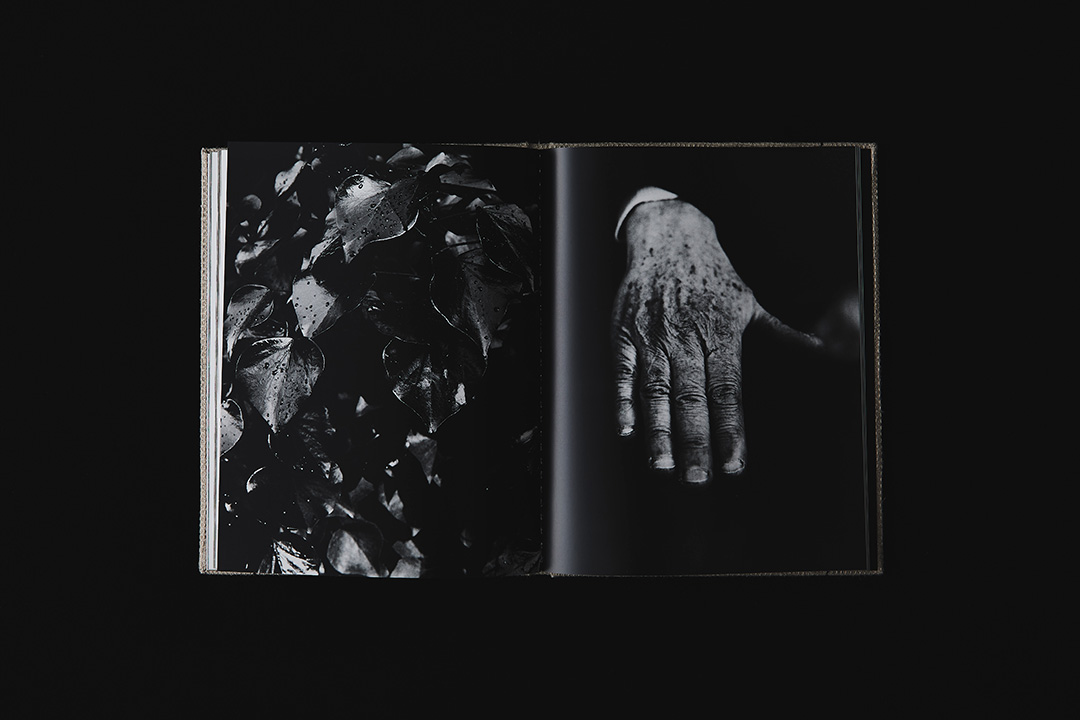
- Please share with us, what you would like/plan to photograph in the future.
J: I have several series of photographs in progress. One of the most abstract, with pronounced pictorial accents, is called "Burning Mountain" which shows the grip of clouds on mountains in the Alps, their geographical reality and their potential for dreamlike interpretation. Another current project, "Caesar Dieppe", focuses on a contemporary vision of the city of Dieppe through the prism of the Greco-Roman influence of Julius Caesar. "Blue Ulysses" is a series that I have been working on for some time, through the reinterpretation of Homer's "Odyssey". I set out to find out if there could be a blue color that would correspond to that of the journey of its hero Ulysses. In the same way that I surveyed Sicily and its small surrounding islands, I would like one day to discover Japan with its southern islands, like those of Kyushu or the Okinawa archipelago, and the myths, people and geography that accompany it.
- 今後撮りたいと思っていることやもの、場所などについて、可能な範囲で教えてください
ヨハン:いくつかの写真シリーズが進行中です。最も抽象的で絵画的なアクセントが顕著な作品が「Burning Mountain」。アルプスの山々に雲がかかる様子から、その地理的な現実と夢のような解釈の可能性を表現しています。また別のプロジェクト「Caesar Dieppe」は、ジュリアス・シーザーのグレコローマンの影響から、フランスの港町ディエップの現代的なビジョンに焦点を当てています。「Blue Ulysses」は以前から取り組んでいるシリーズで、ホメロスの「オデュッセイア」を再解釈したものです。主人公ユリシーズの旅の色に相当する青色はないかと考えたんです。シチリア島とその周辺の小さな島々を調査したように、いつか、九州や沖縄のような日本の南の島々や、そこにまつわる神話、人々や土地の様子を私なりに見つけたいと思っています。
What other things, besides taking photographs, do you like? Is there anything in particular that uplifts or enriches your mood?
J: I still feed myself with a lot of cinema, painting and literature. A film, a paint, a book can enrich a project or even trigger it. The imagination of others often acts as a catalyst. One of the great advantages of living in Paris is the large number of exhibitions which allows you to discover unimagined things. However, there is no substitute for the journey itself, the confrontation with reality, whether it be from a culture close to my own or from a distant country. Nothing is more enriching for me than meeting someone, sometimes just to listen, sometimes to have a dialogue, to exchange life experiences. And sometimes the subject is not necessarily a human being but a landscape.
- ( 写真を撮る以外に)好きなこと、気持ちが豊かになることはどんなことですか?
ヨハン:私にとって映画、絵画、文学は多くの糧になっています。映画や絵画、本はプロジェクトを豊かにしてくれるし、きっかけになることもある。他人の想像力が触媒となることはよくあることです。パリに住んでいる大きなメリットの一つは、多くの展覧会に足を運び、思いがけない発見ができることです。しかし旅そのものに代わるものはありません。それが自分の文化に近いものであろうと(「Manibus Plantae Urbs」では自分の住んでいる通りを撮影)、遠い国のものであっても。時にはただ話を聞くため、時には対話のため、人生経験を交換するために、誰かに会うことほど私を豊かにしてくれるものはありません。「誰か」とは、必ずしも人間ではなく、風景でもあるでしょう。
